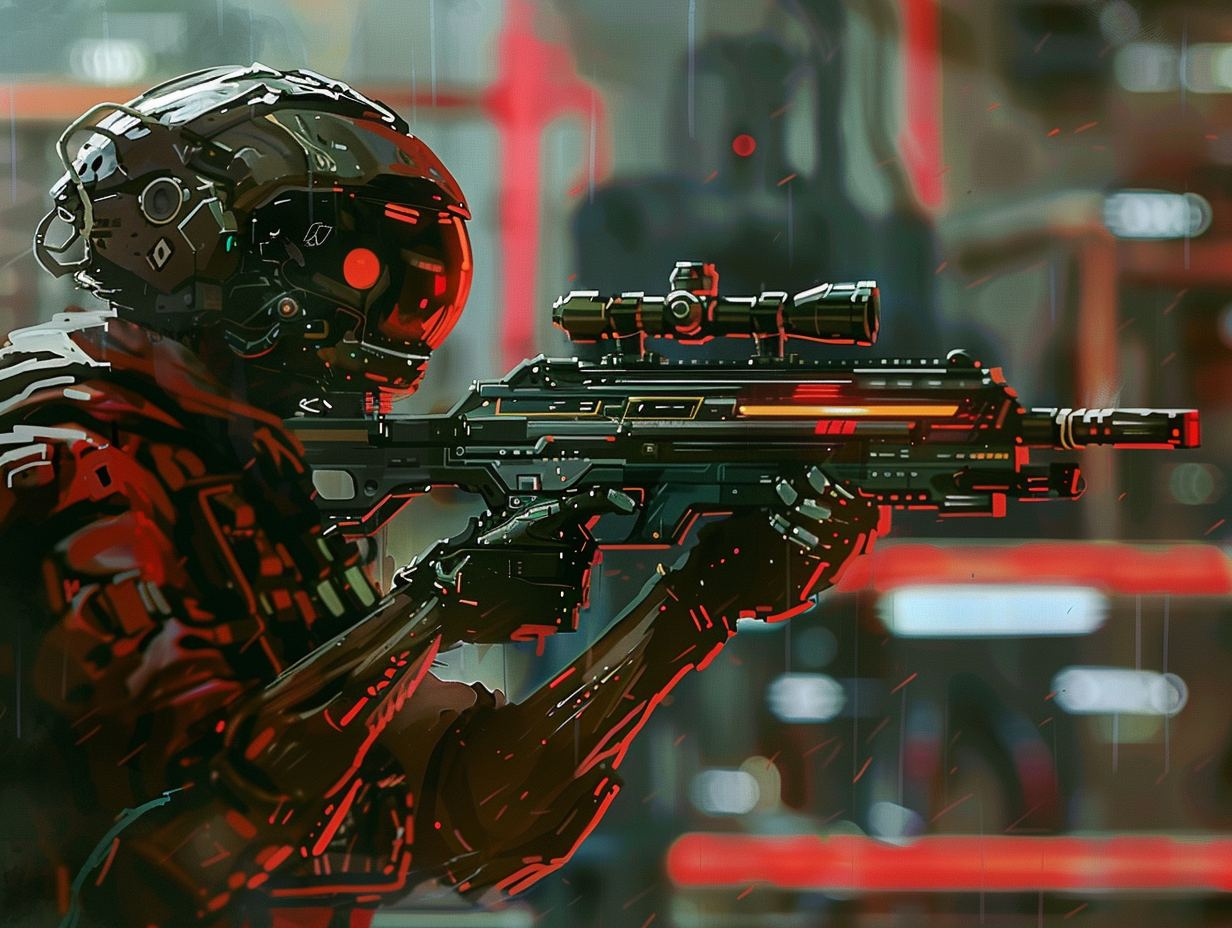In recent years, the world of crypto gaming tokens has experienced a rollercoaster ride marked by both exhilarating highs and disheartening lows. However, as of late, the crypto gaming market has been facing some challenging times due to sluggish market conditions. According to data sourced from CoinMarketCap, the collective valuation of tokens within this space has declined by 1.6% over the past day, settling at $7.1 billion. This dip in value has coincided with a 5% reduction in trading volume, indicating a potential loss of interest or confidence in the sector.
Navigating volatility in crypto gaming tokens
In stark contrast, the broader gaming industry has been on an impressive growth trajectory. In fact, it has even surpassed the revenue generated by the film industry in recent years. A recent report published by K33 Research shed light on this phenomenon, stating that in 2022, the gaming industry will accumulate an astounding $183 billion in revenue. To put this into perspective, this figure is approximately seven times higher than the global box office revenue generated by the film industry. This substantial growth in the gaming sector becomes even more apparent when one considers that it was valued at a mere $8 billion back in 2006, reflecting a remarkable 23-fold increase in its worth.
The rise and fall of Crabada: A cautionary tale
Cryptogaming, as a subset of the gaming industry, has also experienced significant growth in recent years. However, this growth has been characterized by dramatic booms and subsequent busts. One notable example is the rise and fall of Crabada in 2021–22. This crypto game gained immense popularity and delivered substantial returns on investment (ROI) to its users. It even dominated the Avalanche network, causing congestion issues due to its overwhelming demand.
However, the story took an unexpected turn when it was revealed that the surge in traffic wasn’t solely the result of genuine player interest. Instead, it was orchestrated by an alleged 13-year-old prodigy associated with Cynical Hate DAO, who had employed bots to manipulate the game. This manipulation not only led to a collapse in the game’s value but also caused its token price to plummet to zero. Over the course of the past year, the token has also experienced a significant reduction in trading volume.
Other prominent gaming projects in the crypto space, such as Axie Infinity, The Sandbox, Decentraland, Gala, and Enjin, have managed to weather the storm to some extent. However, they too have felt the impact of the crypto winter, resulting in substantial reductions in their market capitalizations.
K33’s research report has shed light on a critical issue facing crypto games: they may not be providing the level of entertainment and engagement necessary to thrive in a competitive market. The traditional gaming industry is dominated by high-budget, highly refined AAA game series such as PUBG, GTA, and The Witcher. These games attract the largest player bases and generate the most revenue.
In contrast, play-to-earn crypto games are dispersed across various blockchain networks, marketplaces, and target audiences, lacking a cohesive and unified community. As a result of this, projects compete for liquidity. More often than not, one gaming enterprise does well because liquidity flows out of another. In fact, crypto has not been able to bridge the gap between Web3 and traditional gaming. However, things are changing. The report stated.





